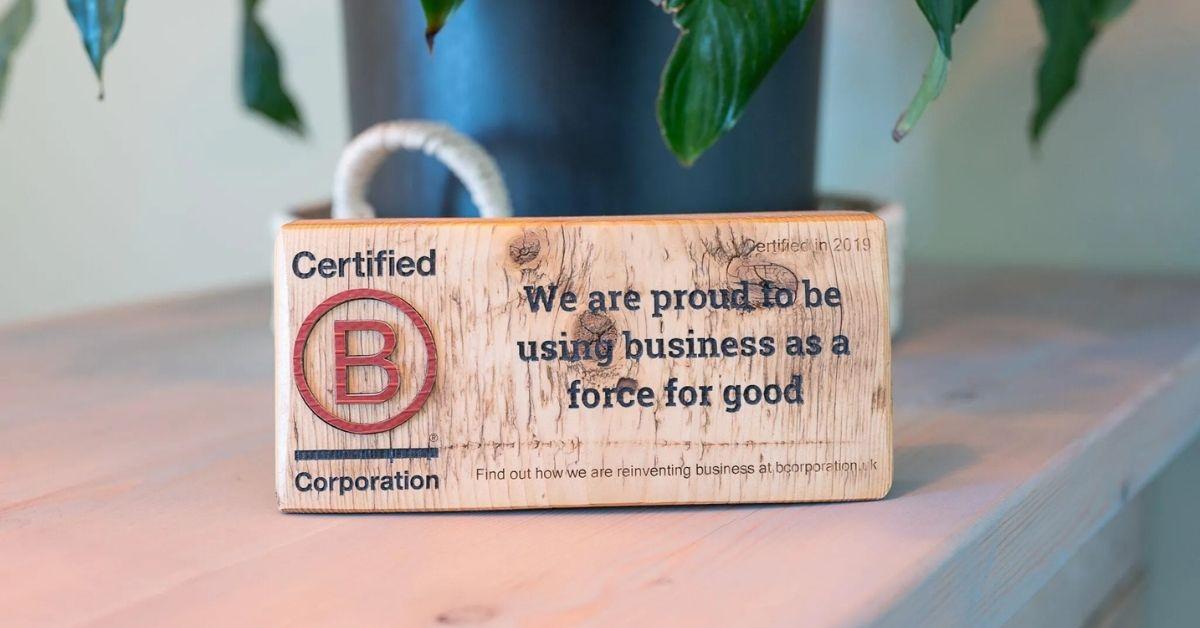
Table of Contents
Understanding Sustainable Business Practices
What Does Sustainability Mean for Business
At its core, sustainable business practices mean making decisions that balance financial success with environmental protection and responsibility. This includes everything from minimising waste, reducing emissions, and ethical supply chains to fair labour practices and community engagement. Companies that invest in sustainability often see the benefits of reduced costs, improved brand reputation, and happier employees. So, if you haven’t started making sustainable changes to your business yet, now is the time to start.
Aligning with ESG Principles
Environmental, Social, and Governance (ESG) criteria exist to evaluate business responsibility and performance. You can break ESG down into its three components:
Environmental: Limiting pollution, waste, and resource consumption.
Social: Treating employees, suppliers, and communities fairly.
Governance: Transparent, ethical leadership and decision-making.
Together, these pillars provide a framework for assessing how sustainably and ethically a business operates.
The Value of Aligning Sustainability with Strategy
Embedding sustainability into your core business strategy does more than offer the satisfaction of doing right by the planet. It makes solid business sense, helping you manage risks more effectively, fuel innovation, and stay ahead in fast-changing markets.
Eco Transformations to Business Operations

Energy Efficient Lighting
Switching to renewable energy sources, LED lighting, and smart controls slashes energy consumption, cuts costs, and reduces your business’s carbon footprint
Water Conservation
Install low-flow fixtures, fix leaks quickly, and keep an eye on your water use. Small changes like these can make a big difference and help protect local water supplies.
Waste Management
Reducing waste is a vital step to implementing sustainable business practices. You can begin by completing an audit of your waste streams, encouraging staff members to recycle, compost organic waste, and partner with suppliers using minimal or sustainable packaging.
Going Paperless
Switching to digital workflows reduces waste whilst also encouraging collaboration. If you do need paper, picking sustainably developed products made from recycled materials helps alleviate the environmental impact.
Sustainable Swaps for Your Supply Chain
Finding Sustainable Suppliers
Choose partners that commit to ethical sourcing, low-impact materials, and fair labour. We recommend looking out for sustainability certifications, like Fairtrade, FSC, or B Corp, that show their long-term commitment to sustainability goals.
Holding Suppliers Accountable
Regular audits help ensure your supply chain stays aligned with your values. Choose suppliers who are transparent about their operations and back up their commitments with recognised sustainability certifications.
Transparency and Traceability with Digital Platforms
Use digital tools to keep tabs on where your products come from, their environmental impact, and how ethically they’re made. It’s a simple way to build trust and stay aligned with your sustainable development goals.
Minimising packaging, choosing local and ethical sourcing
Cut down on packaging, ditch single-use plastics, and try to source from local or regional suppliers when you can. It helps shrink your supply chain, lower emissions, and support local businesses.
Decarbonising Digital Practices
Remote Work and Paperless Operations
Letting your team work remotely or go hybrid isn’t just good for morale, it slashes commute emissions, saves energy at the office, and keeps your operations flexible and green.
Green Hosting and IT Solutions
Switching to green web hosting is one of the easiest ways to shrink your digital footprint. With internet emissions now overtaking the aviation industry, choosing a host that runs on renewables and uses energy-efficient data centres means every click on your site does less harm. It’s a smart move for the planet, your sustainability goals, and even your B Corp score.
Leveraging Data for Environmental Impact Reduction
A great way to keep track of your environmental efforts is by using data analytics to monitor your consumption, identify inefficiencies, and set targets for reducing your footprint across digital operations.
Actionable Steps

Step 1: Conduct a Sustainability Audit
Start by taking a look at how things are running, from energy use and waste to employee travel and your digital setup. Then spot the areas where small changes could make a big difference.
Step 2: Set Achievable Goals
Set clear, time-based sustainability goals. For example, you could aim to cut energy use by 20% in two years, or switch to 100% renewable electricity. Try to line them up with recognised frameworks such as the UN’s Sustainable Development Goals to keep things focused and credible.
Step 3: Educate and Engage Employees
Get your team involved in the journey by offering training and inviting ideas from everyone, no matter their role. When employees are on board, real change becomes possible.
Step 4: Collaborate with Stakeholders
Team up with your customers, suppliers, and local community to boost your impact. A lot of great sustainable ideas come from working together, think take-back schemes, clean-up days, or finding better ways to work with your suppliers.
Step 5: Track Progress
Use simple dashboards or regular reports to monitor your sustainability metrics so you can celebrate your positive impact!
Overcoming Common Barriers
Managing Cost and Budget Concerns
Investing in sustainability often saves money in the long run by reducing energy use, lowering waste disposal fees, and improving operational efficiency. Start with low-cost actions to make an environmentally friendly business model you can follow.
Navigating Regulations and Standards
Keep an eye on local and industry sustainability rules so you don’t miss out or run into trouble. Following standards like ISO 14001 or getting B Corp certified can help keep things on track and boost your credibility.
The Business Benefits of Sustainability

Cost Reduction
By making sustainable changes throughout your business, you’ll start saving money across the board, turning small switches into big savings. Over time, these cost savings add up, making sustainability not only good for the environment but great for your business, too.
Enhanced Brand Image and Revenue
More and more consumers and business buyers are choosing brands that reflect their values. Embracing sustainable strategies helps build trust, earn long-term loyalty, and could unlock new market opportunities.
Attracting Talent and Customers
Sustainability draws in purpose-driven employees and a growing crowd of eco-conscious customers. Being genuinely green helps you stand out in a busy market.
Future-Proofing Your Business
As rules get stricter and expectations rise, businesses that go green stay ahead of the curve!
Ready to Go Sustainable?
Going green isn’t an overnight change, but every small step counts. By adopting sustainable business practices, you’ll have a positive impact on the planet whilst seeing measurable results for your company.
For a quick win in reducing your environmental impact…





